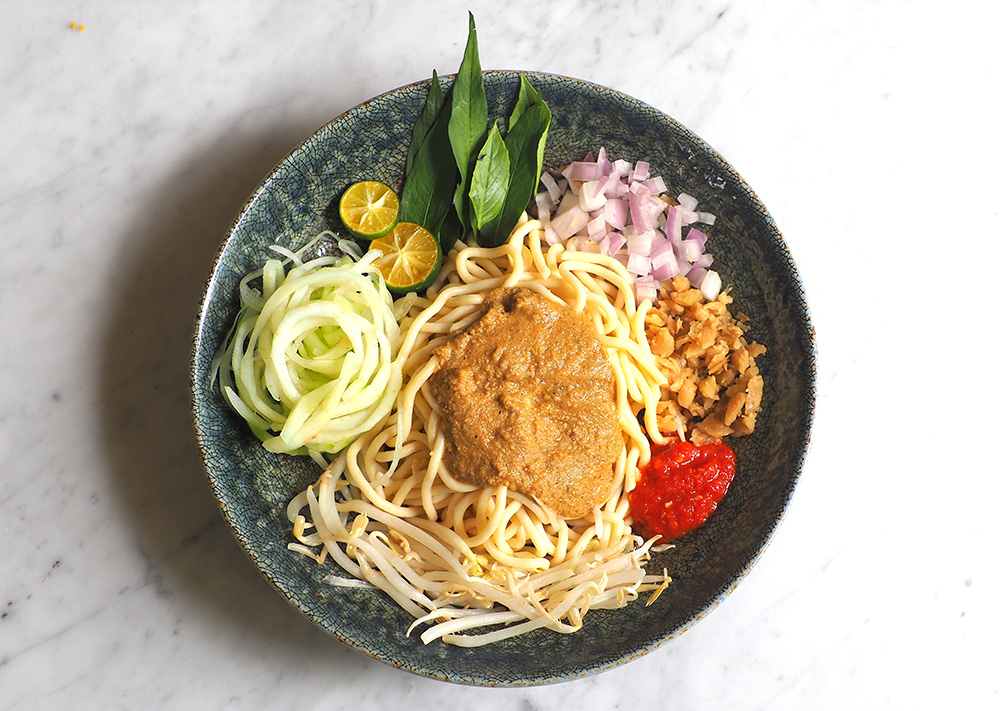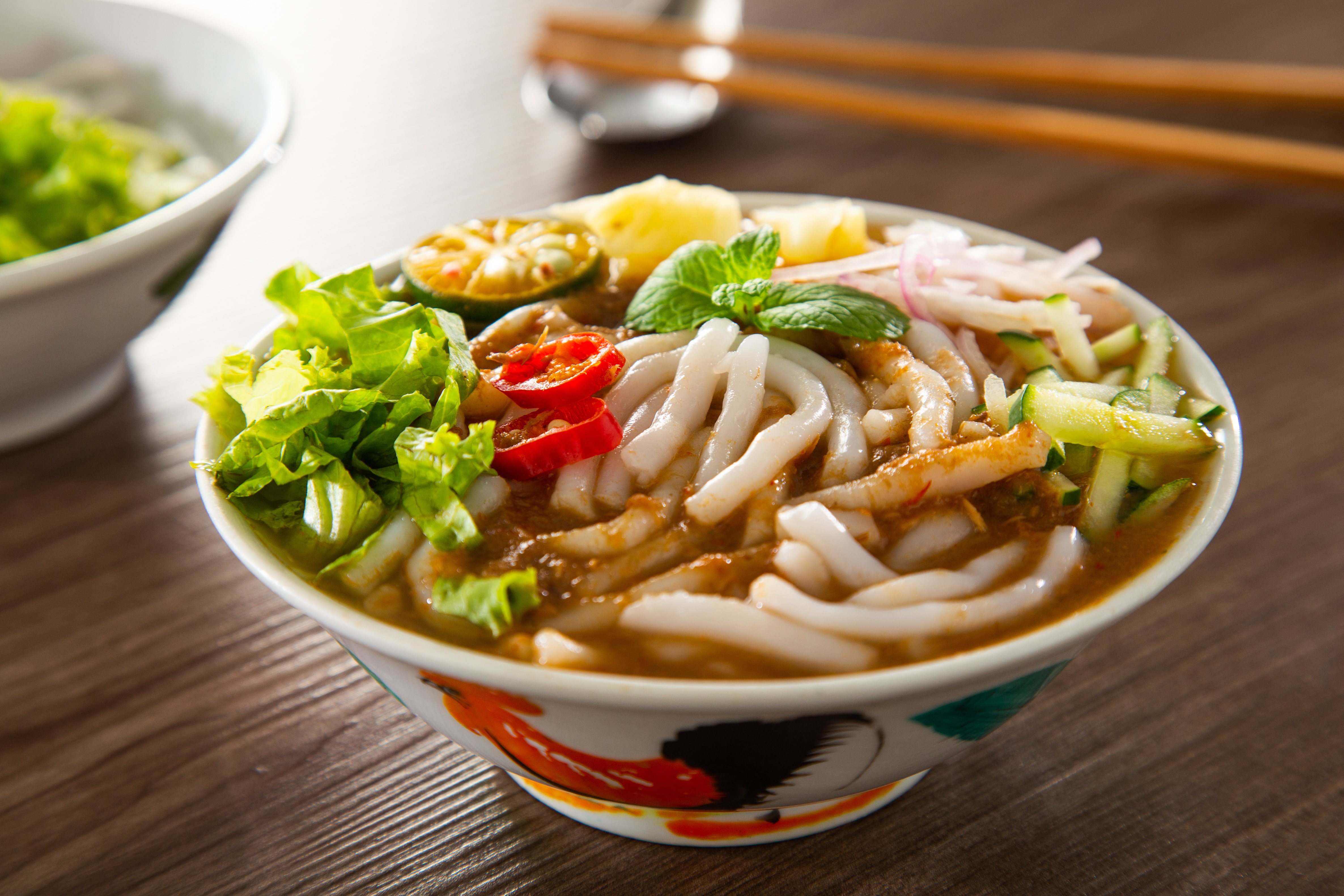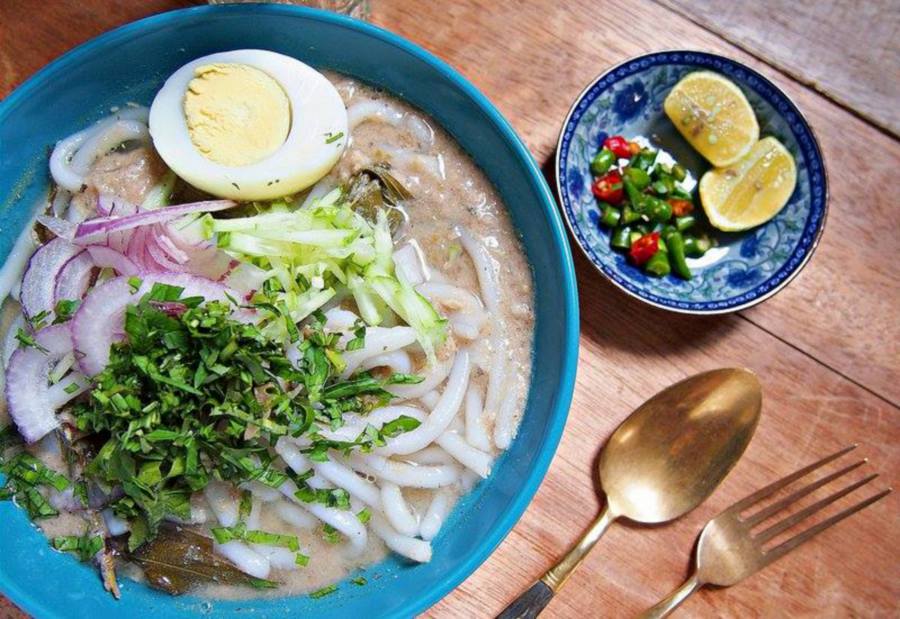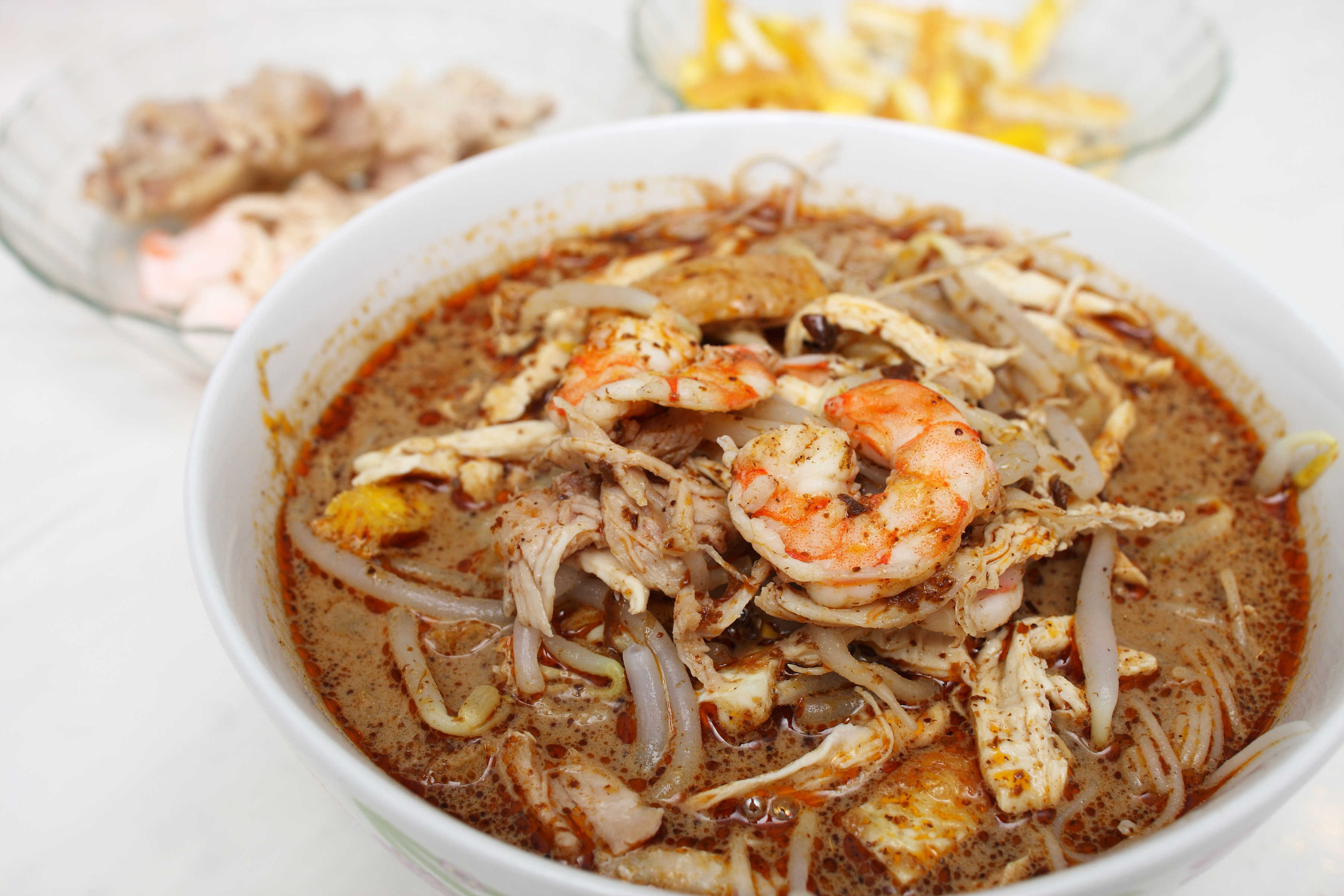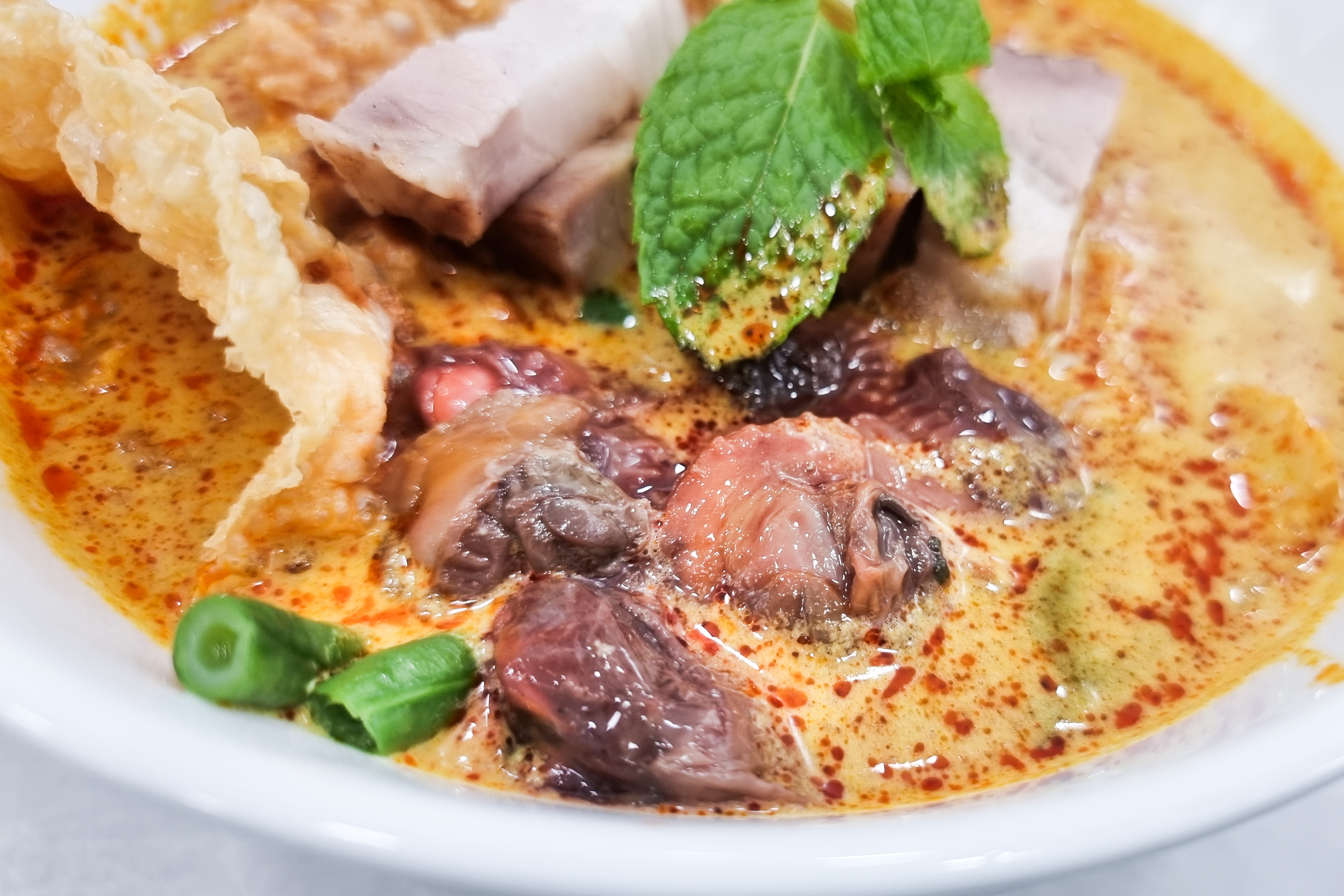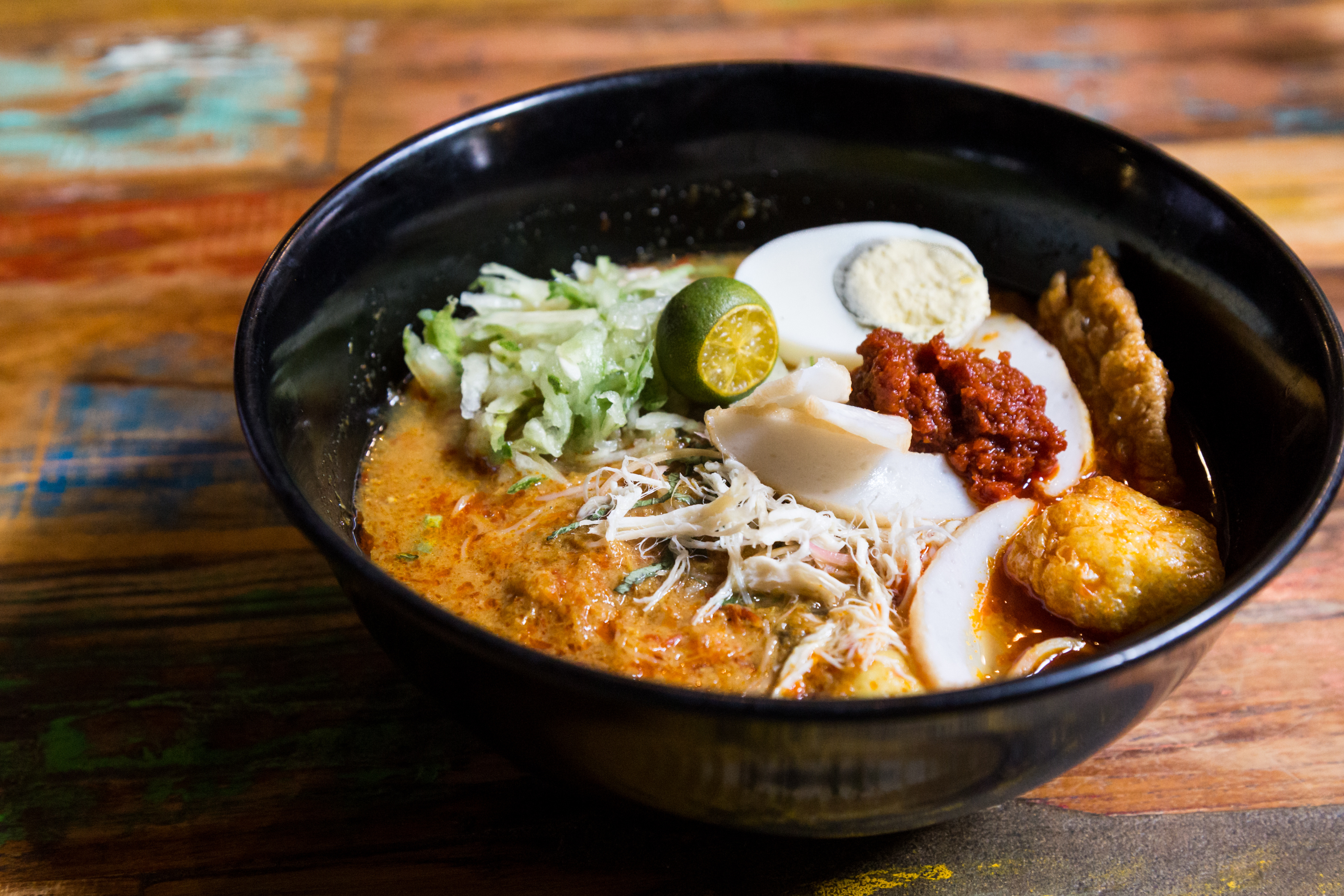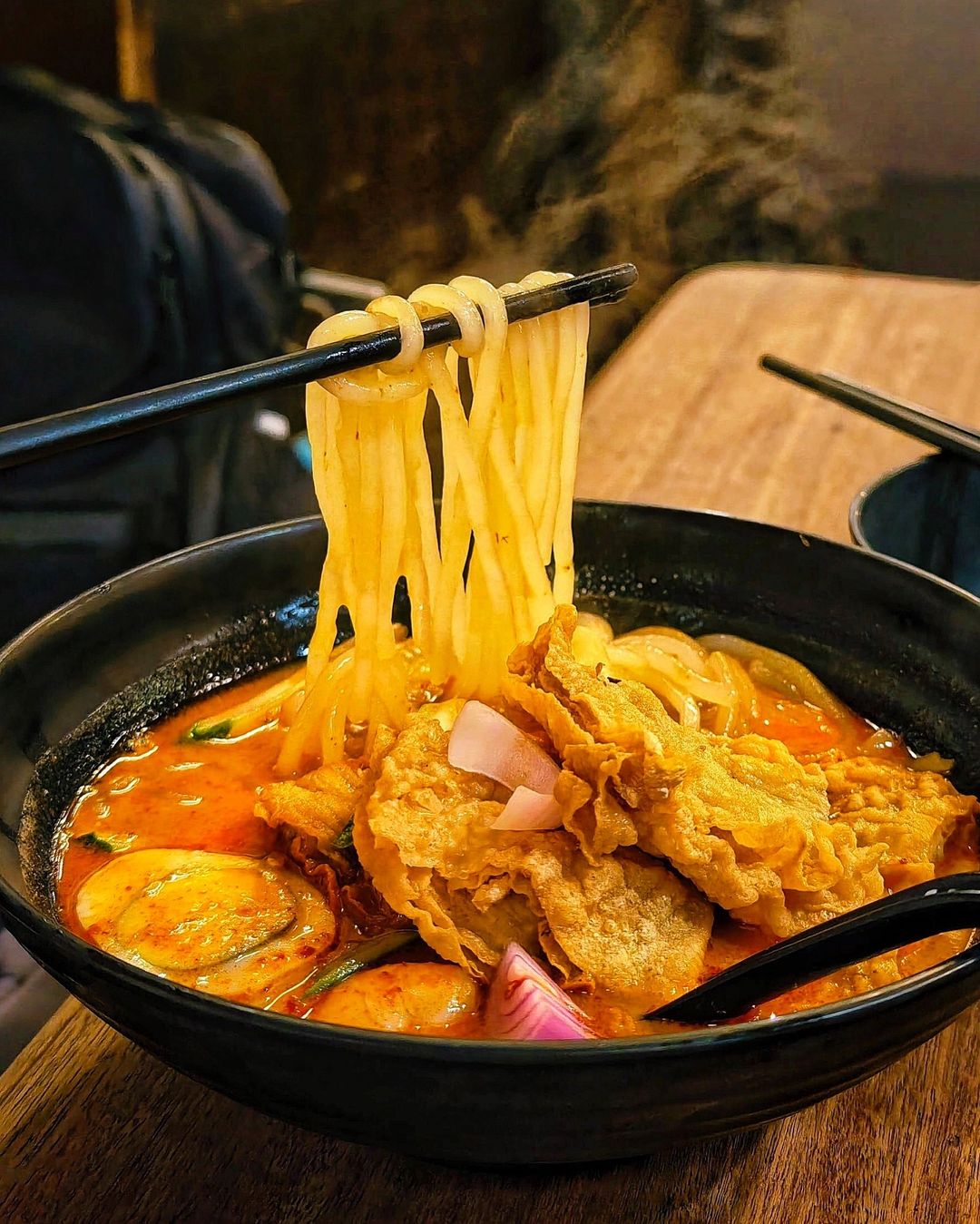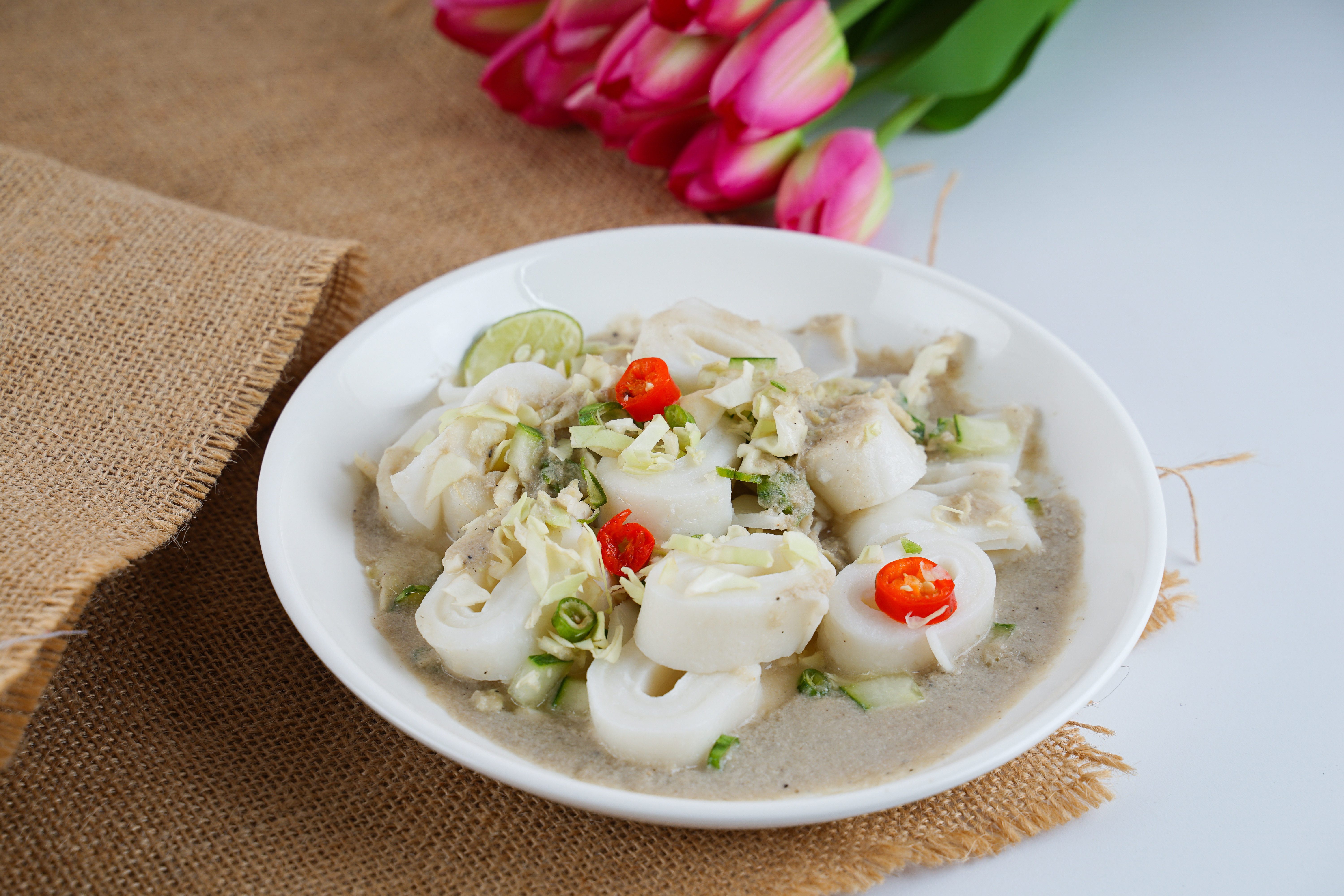One Nation, Many Laksas: Here Are 8 Variants That We Have In Malaysia
'Lak-sa' different variations.
From Penang's tangy asam laksa to the creamy laksam of the east coast, the Malaysian laksa takes on many forms.
There are dizzying iterations of this beloved dish depending on which state you're visiting, each providing a totally unique culinary experience.
The laksa dishes we eat today can generally be split into two types: asam laksa and curry laksa. Asam laksa has a tart, tamarind-infused fish soup, while curry laksa, as the name suggests, uses curry paste and has a rich, creamy texture made from coconut milk.
Laksa is derived from Peranakan culture with Chinese, Malay, and Indonesian influences. While the exact origin of the word 'laksa' is unclear, there are several theories to suggest that it may have been derived from:
1. A Sanskrit word 'lakhshah', which means 'one hundred thousand', possibly referencing the multitude of ingredients that go into making the dish.
2. A Cantonese word, 辣沙 (là shā), which can be literally translated as 'spicy sand', alluding to the ground dried prawns used in the soup, which gives laksa a sandy or gritty texture.
3. A Hokkien word, 'lup sup', which means dirty, speaking to the broth's gritty texture.
1. Laksa Johor
A fusion of Eastern and Western cuisines, laksa Johor consists of spaghetti (yes, the Italian pasta), drenched in traditional Malay style laksa kuah (gravy) made with ground fish paste, herbs, chillies, spices, and a mix of fresh vegetables.
You're probably wondering: how did spaghetti get into a Malaysian dish? According to legend, Sultan Abu Bakar, who served as Sultan of Johor from 1886 to 1895, fell in love with spaghetti Bolognese while visiting Europe on an official mission. When he returned to Johor, he wanted to recreate the dish and ordered the royal chef to make laksa using spaghetti.
2. Penang Asam Laksa
Arguable my favourite laksa variation on this list (personal preference ;p), Penang asam laksa's spicy-tangy broth is made by boiling shredded fish (typically mackerel), tamarind, and some spices and herbs, including lemongrass, galangal, and chillies. It is served with thick rice noodles and topped with finely-sliced pineapple, cucumber, lettuce, onions, mint leaves, torch ginger, and red chillies, as well as a dollop of otak udang (prawn paste).
In 2020, CNN ranked Penang's asam laksa as number seven on its 'World's 50 Best Foods' list. Then, in 2023, CNN once again included the dish on its list of '50 best street food in Asia'.
3. Kedah Laksa
Kedah laksa is similar to Penang asam laksa but has a thicker broth due to ground ingredients such as mackerel, tamarind, lemongrass, and chillies. This gravy is ladled over a bed of rice noodles and garnished with a generous helping of fresh herbs and vegetables, such sliced cucumber, onion, and Vietnamese coriander.
Prawn paste, coconut sambal, and bird's eye chillies are usually paired along to add more flavour and spiciness.
4. Sarawak Laksa
In 2015, world-renowned celebrity chef and television personality Anthony Bourdain put Sarawak laksa on the map after he posted a photo of the dish on his Instagram account, calling it the 'Breakfast of Gods'.
This dish features a prawn and chicken-based broth, which is simmered with coconut milk and a blend of belacan, tamarind, lemongrass, and spices. The broth is poured over rice vermicelli, and topped with shredded chicken, strips of egg omelette, bean sprouts, and prawns. The finishing touch is a squeeze of calamansi lime and sambal belacan for added flavour.
5. Curry Laksa
More commonly known as curry mee in Penang, curry laksa features a rich and creamy coconut milk-based curry broth. It typically includes a mix of noodles (yellow mee and rice vermicelli), tofu puffs, cockles, shrimp, and bean sprouts. This laksa variation is served with a spoonful of sambal and a squeeze of lime for an extra kick.
6. Nyonya Laksa
Hailing from Melaka, Nyonya laksa is a heritage Peranakan dish with Chinese and Malay influences. This type of laksa is also known as laksa lemak, featuring a rich, coconut-based broth infused with aromatic spices and herbs.
Similar to the curry laksa, Nyonya laksa is also served with rice vermicelli or yellow noodles and topped with bean curd puffs, bean sprouts, prawns, and sliced fish cakes. But what sets them apart is a more concentrated broth and the addition of hard-boiled eggs, thinly sliced cucumbers, and sambal as garnishes.
7. Nyonya Asam Laksa Kahwin Baba Laksa
This laksa variation is another native to Melaka, found at a well-known restaurant in Jonker Street called Jonker88. Nyonya asam laksa kahwin Baba laksa is a wonderfully fragrant marriage of the sweet-spicy coconut milk-based curry broth (Nyonya asam laksa) and sour-spicy broth made with tamarind (Baba laksa). It is served with thick rice noodles with a hard-boiled egg, prawns, fried stuffed tofu skin, minced mackerel, shredded cucumbers, and onions.
Jonker88's specialty is only three laksa dishes: nyonya asam laksa, Baba laksa, and of course, nyonya asam laksa kahwin Baba laksa.
8. Laksam
Popular in the east coast of Malaysia, laksam is aesthetically very different from the previous laksa variants on this list. Characterised by its mild, milky-white gravy, this dish is served with thick, rolled-up rice noodles, ulam (raw vegetables), and spicy sambal belacan on the side.
Although ingredients for the broth are similar to asam laksa — mackerel, coconut milk, tamarind, lemongrass, and small onions — the broth is free of curry paste, giving it a slightly sweet and herbaceous flavour. To fully appreciate this dish, some say this plate of noodles should be eaten with hands like how a native would, according to The Star.
